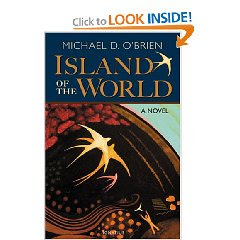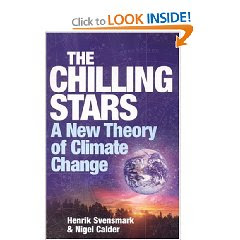 Reading List for 2010
Reading List for 2010Here are my dozen must-reads for the year. I know I'll read more than 12 books this year, but limiting myself to only one per month as a book I
have to read gives me a lot of latitude to read other books I hear of and see recommended by others, or those I happen upon serendipitously, while still giving me an illusion of discipline in my reading habits.
I like this quote from Samuel Johnson:
"A man ought to read just as his inclination leads him; for what he reads as a task will do him little good."
So here is my task-reading:

1. I received P.D. James's latest book,
Talking about Detective Fiction for Christmas. Looks like it will be interesting, though I'm hoping she'll soon write another mystery featuring Adam Dalgliesh.

2. Steve and I decided to give all the older children books by Ayn Rand for Christmas. Each child, from Tom to David, received his or her own copies of
Atlas Shrugged, The Fountainhead, Anthem, and
We the Living. As I was wrapping the books, I realized I had never read
We the Living, so I plan to read it this year.

3. The library discarded some books by Elizabeth Goudge, so I scooped up an armload and brought them home. Two I'd read as a child. Four I'd read in the past decade. One I have not read:
Towers in the Mist.

4.
In This House of Brede by Rumer Godden is another library discard. I have a paperback copy I've been meaning to read, but this hardcover edition will be easier to read while knitting!

5. Marvin Olasky recommended Michael Jones's book,
Leningrad: State of Siege and I got a copy through
PaperBackSwap last year. I think it will pair nicely with
We the Living.

6. Last year Steve and I spent a few days at a resort patterned after Addison Mizner's style of architecture. Since then I've wanted to learn more about him and his influence on the architecture of southern Florida. I found this book,
The Legendary Mizners, by Alva Johnston, and I think it will satisfy my curiosity.

7. Touted as what one reads after finishing all of Jane Austen's works,
The Semi-Attached Couple by Emily Eden looks interesting, and was written around the same time as Anthony Trollope's novels. Trollope's books always make great reading, and I'm hoping to be pleased with this book, too.

8. I've read and re-read all of Barbara Pym's novels, and Elizabeth Taylor has been favorably compared to Pym. I think she's worth trying, so I'll be reading
In a Summer Season.

9. Somewhere I read that Georgette Heyer was not as nice as her heroines. I bought Jane Aiken Hodge's biography of Heyer,
The Private World of Georgette Heyer, several years ago, but have been too timid to read it - and have my illusions dashed to pieces. This year I'm reading it and living with the consequences.

10. I know very little about physics, but I read that Richard Feynman made physics accessible for the layman. If
"Surely You're Joking, Mr. Feynman!" is any good, you can bet my children will be reading it as part of their curriculum in the future.

11. I love novels by Anthony Trollope, but
The West Indies and The Spanish Main will be the first travelogue/non-fiction book by him that I will read.

12. One of my English professors at Auburn University was educated at Vanderbilt and was greatly influenced by Allen Tate, John Crowe Ransom, and Donald Davidson. Because of Dr. Allen, I can't pass up anything by any of the Southern Agrarians, so when the library put this book in the discard pile I got it and will read it this year. My copy is titled
Attack on Leviathan: Regionalism and Nationalism in the United States.
Labels: books, reading lists




































